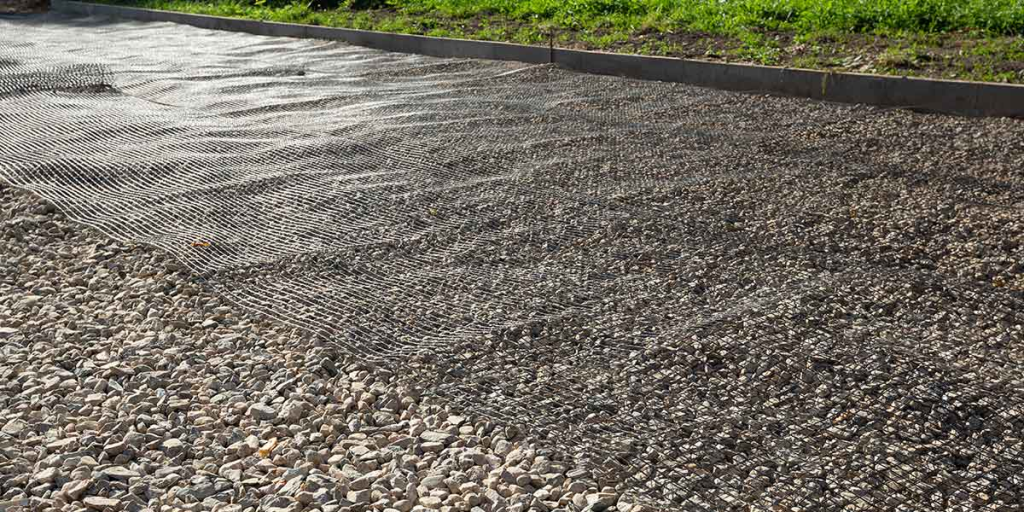What Is Geogrid Fabric and How It Supports Modern Geosynthetics Applications
Geogrid fabric is a crucial material in the geosynthetics industry, widely used in soil stabilization, road construction, and retaining wall systems. Its high tensile strength and durability make it a preferred solution for engineers seeking cost-effective and long-lasting reinforcement strategies.
What is geogrid fabric and how does it differ from traditional geosynthetics?

Geogrid fabric is a type of geosynthetic material designed with a grid-like structure, typically made from polymers such as polypropylene or polyester. Unlike geotextiles, which are often used for separation and filtration, geogrid fabric is engineered primarily for soil reinforcement.
It interlocks with soil or aggregate particles to distribute loads more evenly, reducing settlement and improving the overall stability of infrastructures like highways, embankments, and retaining walls.
Where is geogrid fabric commonly used?

Geogrid fabric is widely applied in:
- Roadway and pavement reinforcement
- Retaining wall and slope stabilization
- Railway subgrade enhancement
- Erosion control and embankment reinforcement
According to the International Geosynthetics Society (IGS), over 75% of geogrid fabric applications are in transportation infrastructure due to their proven performance in load-bearing environments. This makes them a top choice for governments and private developers worldwide.
What are the benefits of using geogrid fabric over conventional methods?
Some key advantages include:
- Enhanced soil stability and load distribution
- Extended service life of structures
- Reduced need for over-excavation or high-quality fill
- Lower long-term maintenance costs
A 2023 report by MarketsandMarkets estimates that geogrid usage can reduce base course thickness by up to 50%, leading to cost savings of up to 30% in road construction projects. These savings are especially attractive in regions with poor subgrade conditions.
How is the market for geogrid fabric evolving?
The global market for geogrid fabric is on a steady rise. As per ResearchAndMarkets (2024), the global geogrid market is projected to reach USD 1.5 billion by 2027, growing at a CAGR of 7.9%. Factors fueling this growth include increasing investments in smart infrastructure, stricter environmental standards, and the need for durable construction materials.
In addition, sustainability initiatives are pushing the use of recyclable and longer-lasting geosynthetics, making geogrid fabric a key component in future-proof infrastructure.
Whether you’re designing a retaining wall, highway foundation, or erosion control project, geogrid fabric offers a high-performance, cost-effective solution that meets the demands of modern civil engineering.
Comments
Post a Comment